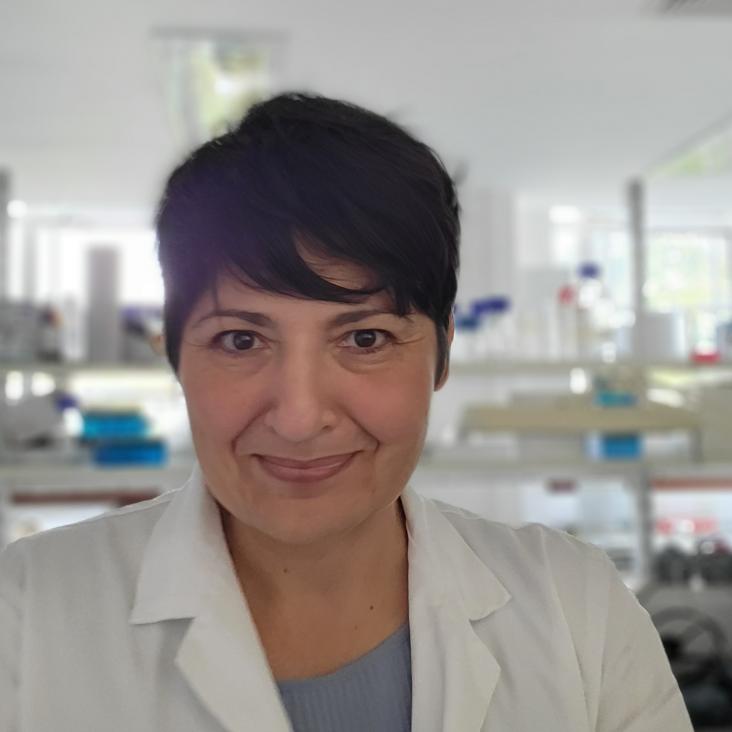Magneto-electrical orientation of lipid-coated graphitic micro-particles in solution
RSC Advances Royal Society of Chemistry (RSC) 6:52 (2016) 46643-46653
Abstract:
We demonstrate, for the first time, confinement of the orientation of graphitic micro-flakes to a well-defined plane in solution by applying two perpendicular fields: a vertical static magnetic field and a horizontal time-varying electric field.
Designer cantilevers for even more accurate quantitative measurements of biological systems with multifrequency AFM
Nanotechnology IOP Publishing 27:13 (2016) 132501-132501
Developing a single-molecule fluorescence tool to quantify DNA damage
Biophysical Journal Elsevier 110:3 suppl. 1 (2016) p164a
Abstract:
Quantification of DNA damage is an important technique for medical physics, for example to assess damage caused by the quinolone antibiotics, or to examine the effects of novel cancer treatments such as low-temperature plasma therapy on healthy or tumorous cells. Existing damage quantification techniques such as the alkaline comet assay [1] are often subjective in their results, especially at higher damage levels. Methods using immunofluorescence [2] often lose information due to the three dimensional nature of the cell.Effect of intra-membrane C 60 fullerenes on the modulus of elasticity and the mechanical resistance of gel and fluid lipid bilayers
Nanoscale Royal Society of Chemistry 7 (2015) 17102-17108
Abstract:
Penetration and partition of C60 to the lipid bilayer core are both relevant to C60 toxicity, and useful to realise C60 biomedical potential. A key aspect is the effect of C60 on bilayer mechanical properties. Here, we present an experimental study on the mechanical effect of the incorporation of C60 into the hydrophobic core of fluid and gel phase zwitterionic phosphatidylcholine (PC) lipid bilayers. We demonstrate its incorporation inside the hydrophobic lipid core and the effect on the packing of the lipids and the vesicle size using a combination of infrared (IR) spectroscopy, atomic force microscopy (AFM) and laser light scattering. Using AFM we measured the Young's modulus of elasticity (E) of 1,2-dipalmitoyl-sn-glycero-3-phosphocholine (DPPC), 1,2-dimyristoyl-sn-glycero-3-phosphocholine (DMPC) and 1,2-distearoyl-sn-glycero-3-phosphocholine (DSPC) in the absence (presence) of intra-membranous C60 at 24.5 °C. E of fluid phase supported bilayers is not altered by C60, but E increases with incorporation of C60 in gel phase bilayers. The increase is higher for longer hydrocarbon chains: 1.6 times for DPPC and 2 times for DSPC. However the mechanical resistance of gel phase bilayers of curved bilayered structures decreases with the incorporation of C60. Our combined results indicate that C60 causes a decrease in gel phase lipid mobility, i.e. an increase in membrane viscosity.2015 4th TERMIS World CongressBoston, MassachusettsSeptember 8–11, 2015
Tissue Engineering Part A Mary Ann Liebert 21:S1 (2015) s-1-s-413



